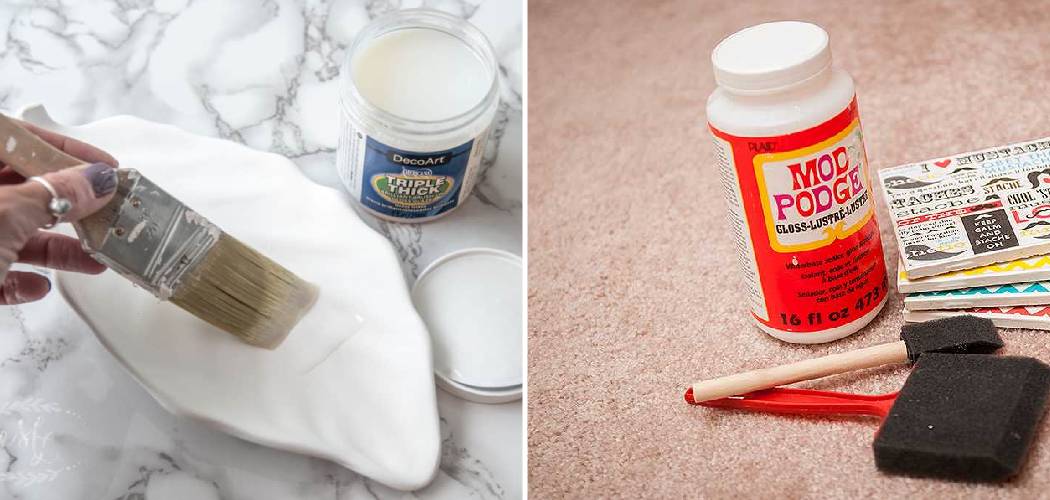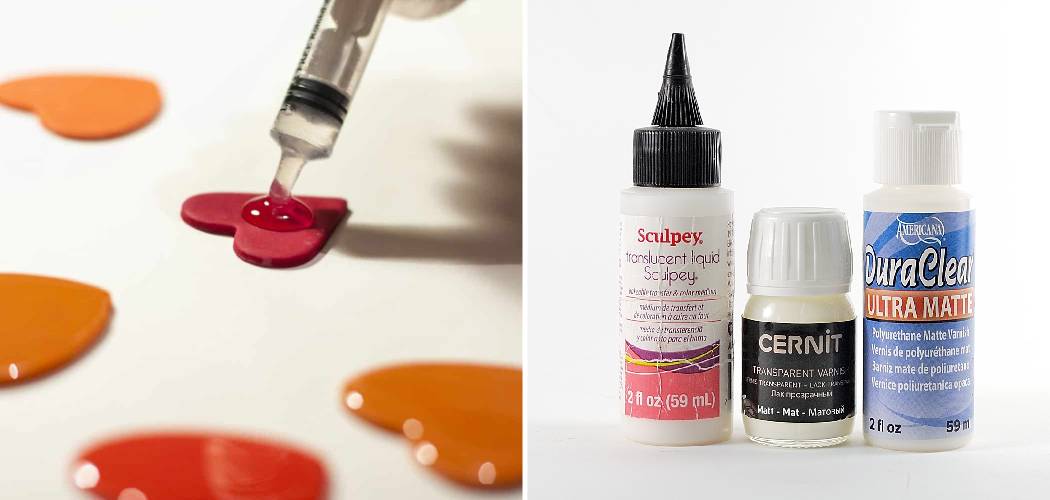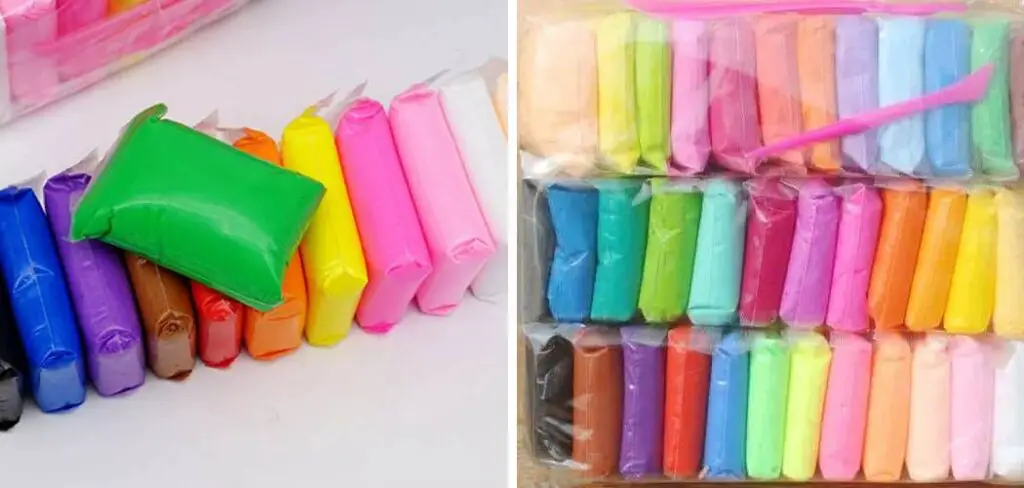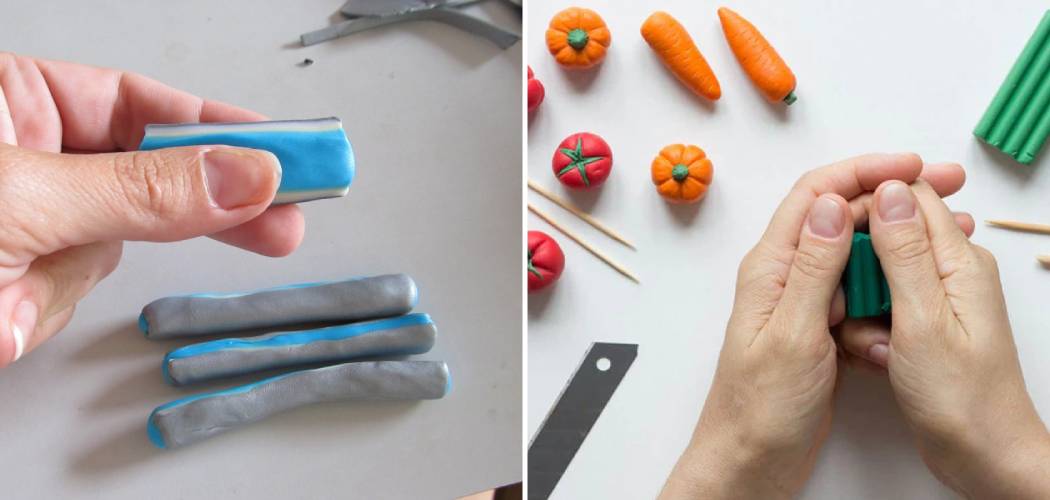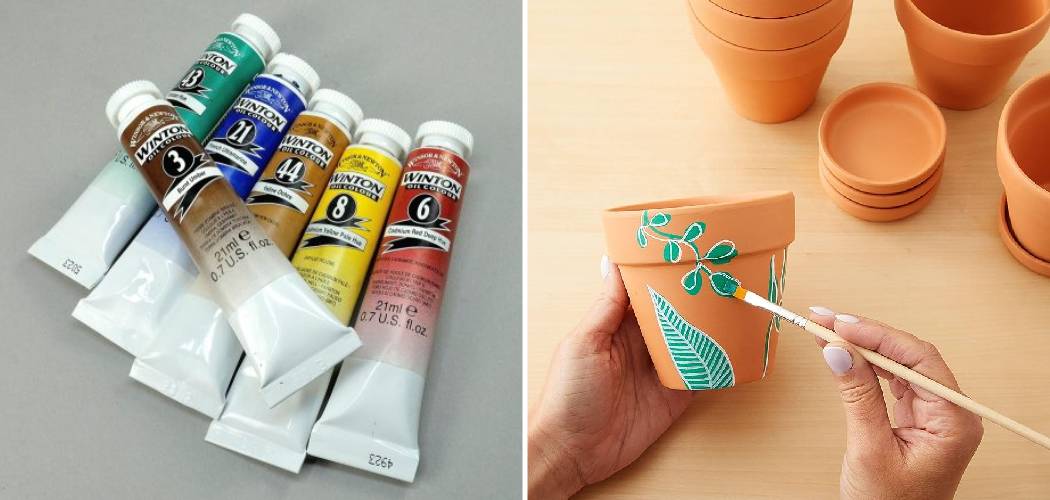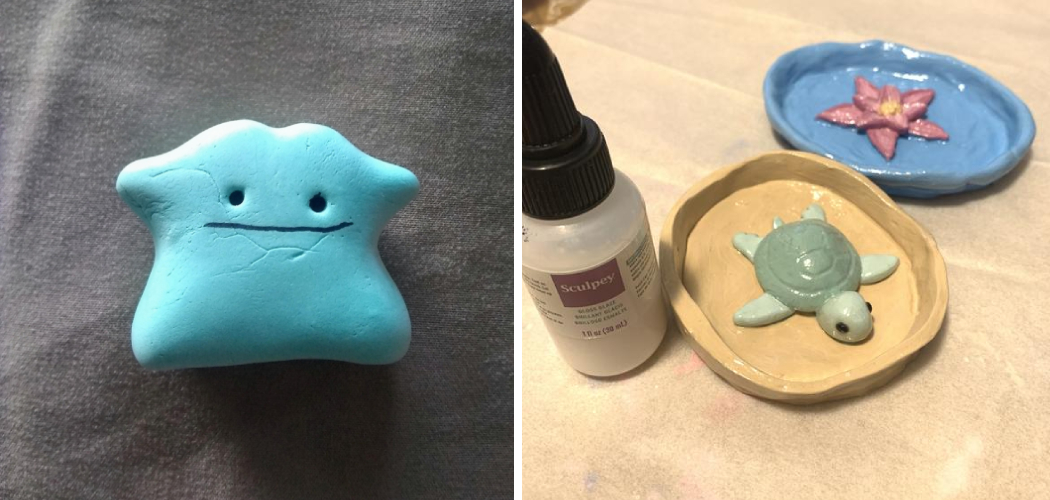Do you want to enhance the beauty of your clay creation? You may be wondering what process can give it that perfect gloss or finish. Varnish and glazes are widely used for polymer and ceramic clays, providing your project with a tough waterproof coating—protecting against wear and tear from daily use—while adding a unique look, texture, and color.
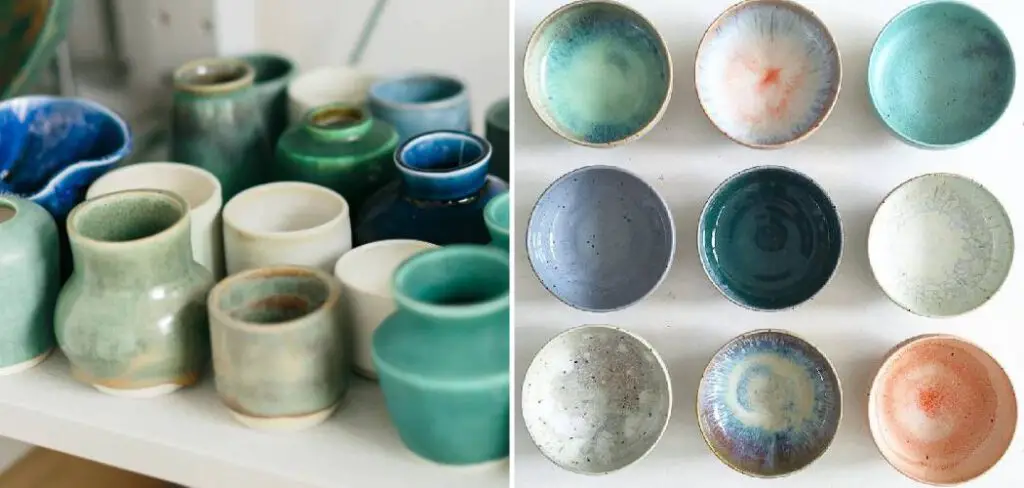
If you’re ready to create something beautiful with clay but don’t know where to start when choosing a varnish or glaze, this blog post will show you how to Choose a varnish or glaze for clay! Read on as we discuss which product is right for the job depending on your preferences and needs.
Table of Contents
What Varnish Should I Use for Clay?
When choosing a varnish for clay, it’s important to take into consideration the firing temperature of the clay you are working with. For example, if you are working with low-fire clays, you should not use a high-temperature glaze or varnish, as this could cause damage to your work. Instead, use a low-temperature clear glaze or varnish that is designed specifically for these types of clay and firing temperatures.
After considering the firing temperature of your clay and selecting an appropriate varnish option, you’ll need to consider what other properties you want from the finish. Most glazes and varnishes will come in either glossy or matte finishes, so this is something you’ll need to decide on as well.
Some glazes and varnishes are also formulated with additional properties, such as being scratch-resistant or water-proof. If these additional properties are important to you, then make sure that the glaze or varnish you choose offers them.
In addition to the firing temperature of your clay and the finish you want, other factors to consider include the cost of the varnish, how easy it is to apply, and durability. As a general rule of thumb, higher quality glazes or varnishes will be more expensive but offer better protection for your work in terms of longevity and wear resistance. Make sure that you read all labels carefully before purchasing any glaze or varnish.
With these factors in mind, you should now be better equipped to choose the right varnish for your clay project! Make sure that you consider all of the information provided here before making a purchase, and if you have any questions or concerns, then it is always best to contact an experienced potter who can provide advice. Good luck with your project!
8 Methods How to Choose a Varnish or Glaze for Clay
1. Viscosity
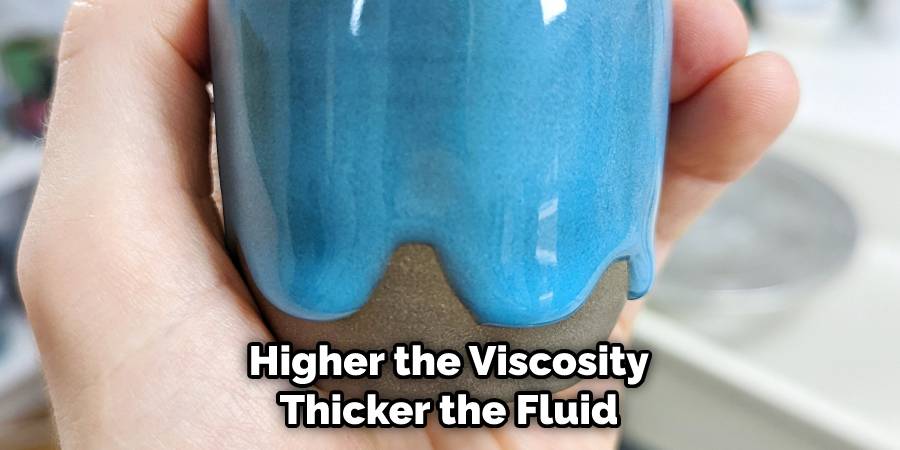
The first thing you need to consider when choosing a varnish or glaze for clay is viscosity. Viscosity is a measure of a fluid’s resistance to flow. The higher the viscosity, the thicker the fluid. You’ll want to choose a varnish or glaze with a high viscosity so that it will be thick enough to coat the clay without running off.
To get the right viscosity, you may need to experiment with different formulas or brands. However, if you don’t have the time or resources to do so, you can also purchase a product with the desired viscosity.
2. Durability
Another important factor to consider when choosing a varnish or glaze for clay is durability. You’ll want to choose a product that is durable enough to withstand wear and tear. A durable varnish or glaze will also be resistant to scratches, chips, and fading. Consider factors such as the intended use of the clay piece and the environment in which it will be displayed.
For example, if you are creating a sculpture to be placed outdoors, you may need a more durable varnish or glaze than one designed for indoor use. Ultimately, it’s important to select a finish that will stand up to the elements and any rough handling that may occur.
3. UV Resistance
If you’re going to be using your clay outdoors, then you’ll need to choose a varnish or glaze that is UV resistant. UV radiation from the sun can cause damage to unprotected clay, so it’s important to choose a product that will protect your clay from the sun’s rays. Most varnishes and glazes designed for outdoor use will include UV protection, but be sure to double-check before you purchase.
You should also take into account any elements that may assist in UV protection, such as a light color or a glossy finish. If you can’t find an appropriate product with UV protection, then you may have to apply an additional layer of a UV-resistant clear coat or paint.

4. Temperature Resistance
If you’re going to be using your clay in high temperatures, then you’ll need to choose a varnish or glaze that can withstand the heat. Some varnishes and glazes can start to break down at high temperatures, so it’s important to choose one that is specifically designed for use in high temperatures. This will ensure that the finish remains intact and doesn’t detract from your work. Though you may have to pay a bit more for these types of varnishes and glazes, it will be worth it in the long run.
5. Chemical Resistance
You’ll also want to consider chemical resistance when choosing a varnish or glaze for clay. Some chemicals can react with certain types of finishes, so it’s important to choose a product that is resistant to the chemicals you’ll be using. This is especially important if you’ll be using solvents or acid-based cleaners.
Additionally, some varnishes or glazes may not adhere well to certain types of clay, so it’s important to read the product information for more detailed advice. Finally, it’s important to choose a finish that is compatible with any other glazes or paints you may plan to use. Be sure to read the manufactures instructions for compatibility between products.
6. Flexibility
Another factor you’ll need to consider when choosing a varnish or glaze for clay is flexibility. Some finishes are more flexible than others, so you’ll need to choose one that will be able to flex with the clay as it moves and changes shape.
Otherwise, the finish could crack and chip off of the clay. To test out the flexibility of a finish, try bending a piece of cured clay with the finish already applied. If it cracks or chips, this is not the best option for your clay project. In general, a flexible finish is recommended if you plan to make something that will be moved or handled frequently.

7. Breathability
Breathability is another important factor when choosing a varnish or glaze for clay. Clay is a porous material, so it needs to be able to breathe in order to prevent mold and mildew from growing on it. Choose a breathable finish so that your clay can properly ventilate and stay dry. Some finishes, such as oil-based varnishes and sealants, are not breathable.
If the clay is going to be used outdoors or exposed to moisture, make sure to select a sealant that is breathable and water-resistant. Additionally, look for products labeled as “breathable” or “water vapor permeable.” This will ensure that your clay piece is protected without trapping moisture beneath its surface.
8. Cost
Of course, the cost is always an important consideration when choosing any type of product. Make sure you compare prices between different brands and products before making your final decision so that you can get the best value for your money. Some varnishes and glazes may be more expensive than others, but they could be the better option in terms of longevity or performance.
You should also consider any additional costs, such as shipping and handling if you are buying your product online. Ultimately, only you can determine whether a particular cost is worth the benefits that come with it.
Things to Consider When Choose a Varnish or Glaze for Clay:
1. The Type of Clay:
Different types of clay have different absorption rates, and this will influence the type of sealant you choose for the project. For example, terracotta clay will be more porous than other types of clay and require a sealant that is designed for a porous material.
2. The Type of Finish Desired:
You should consider what type of finish you want for your piece before you choose to varnish or glaze it. A glossy finish can be achieved with either type of sealant, but if you want a more matte look then you should opt for a varnish.
3. UV Protection:

If your clay piece will be exposed to direct sunlight, it is important to choose a sealant that provides UV protection. Many varnishes and glazes have additives that provide this type of protection, but you should be sure to read the label before purchasing.
Conclusion:
It’s always good to test out small sections of a surface before applying the glaze or varnish to it permanently. The more informed decision you make about your purchase, the better off your clay piece will be in the end. If all else fails, speak with an experienced associate at your local art supply store for advice on which type of glaze or varnish would be best suited for your needs. With excellent instruction and knowledge on how to choose a varnish or glaze for clay, you can guarantee that your ceramic project will turn out exactly how you envisioned it.
